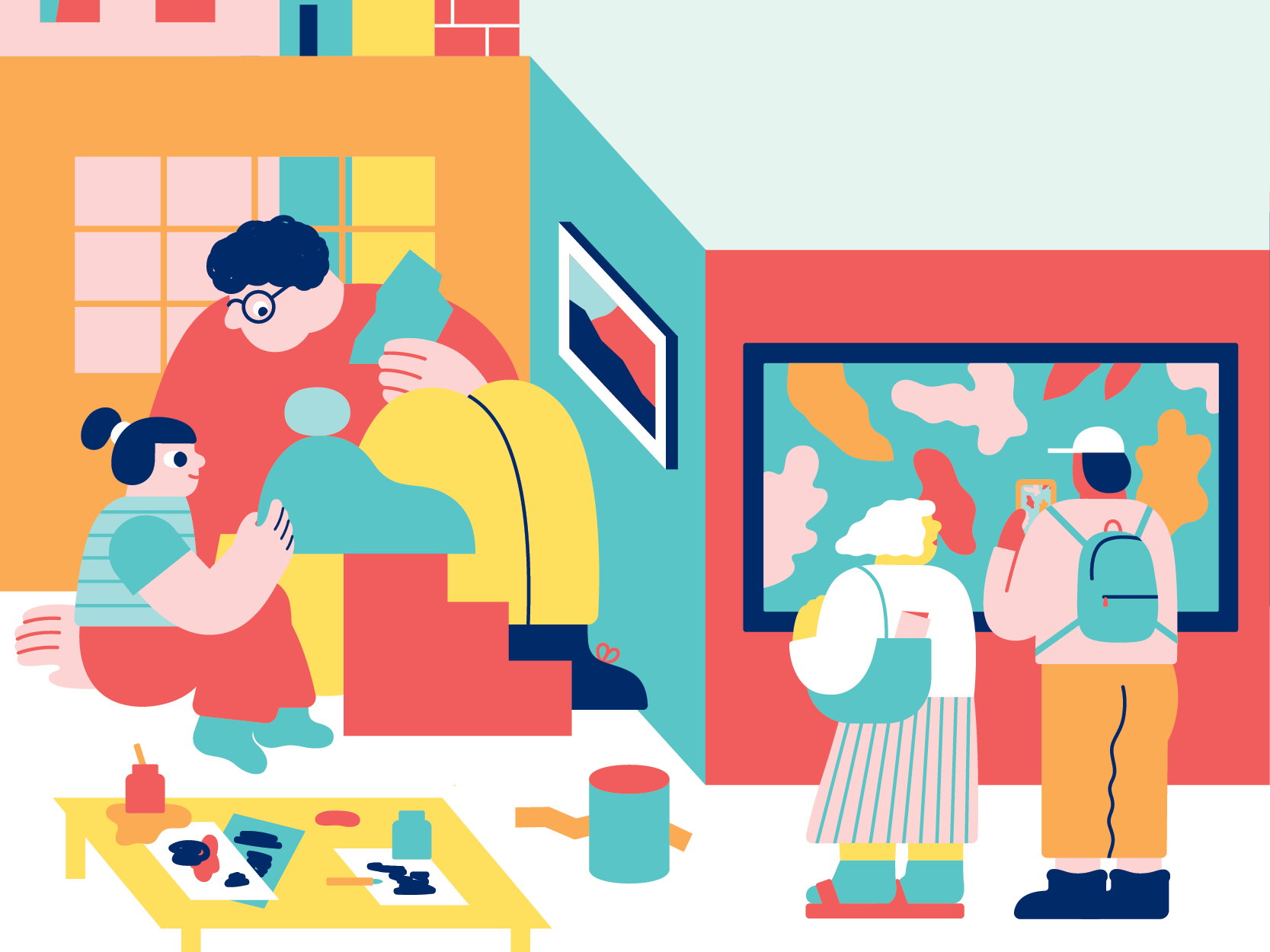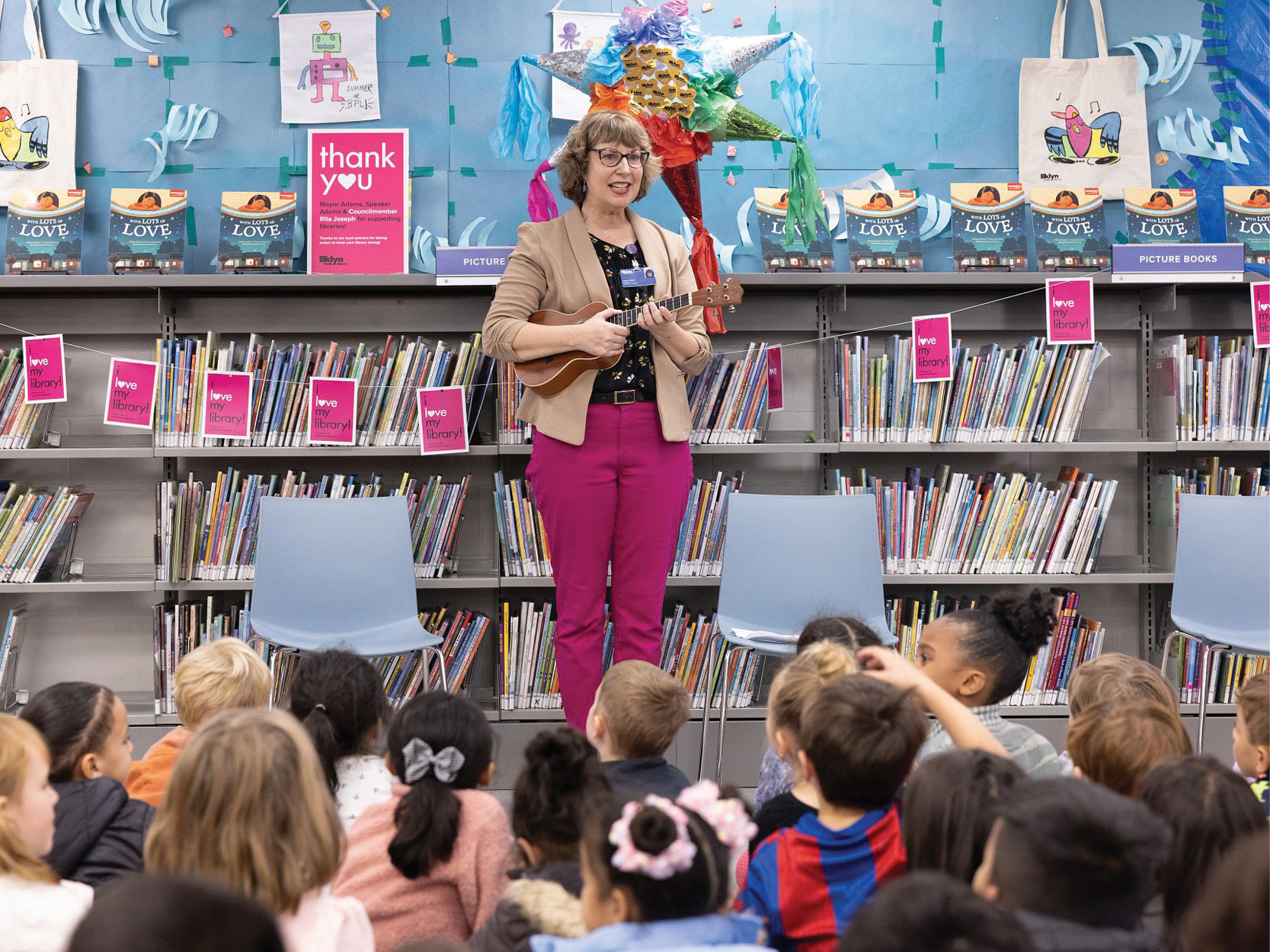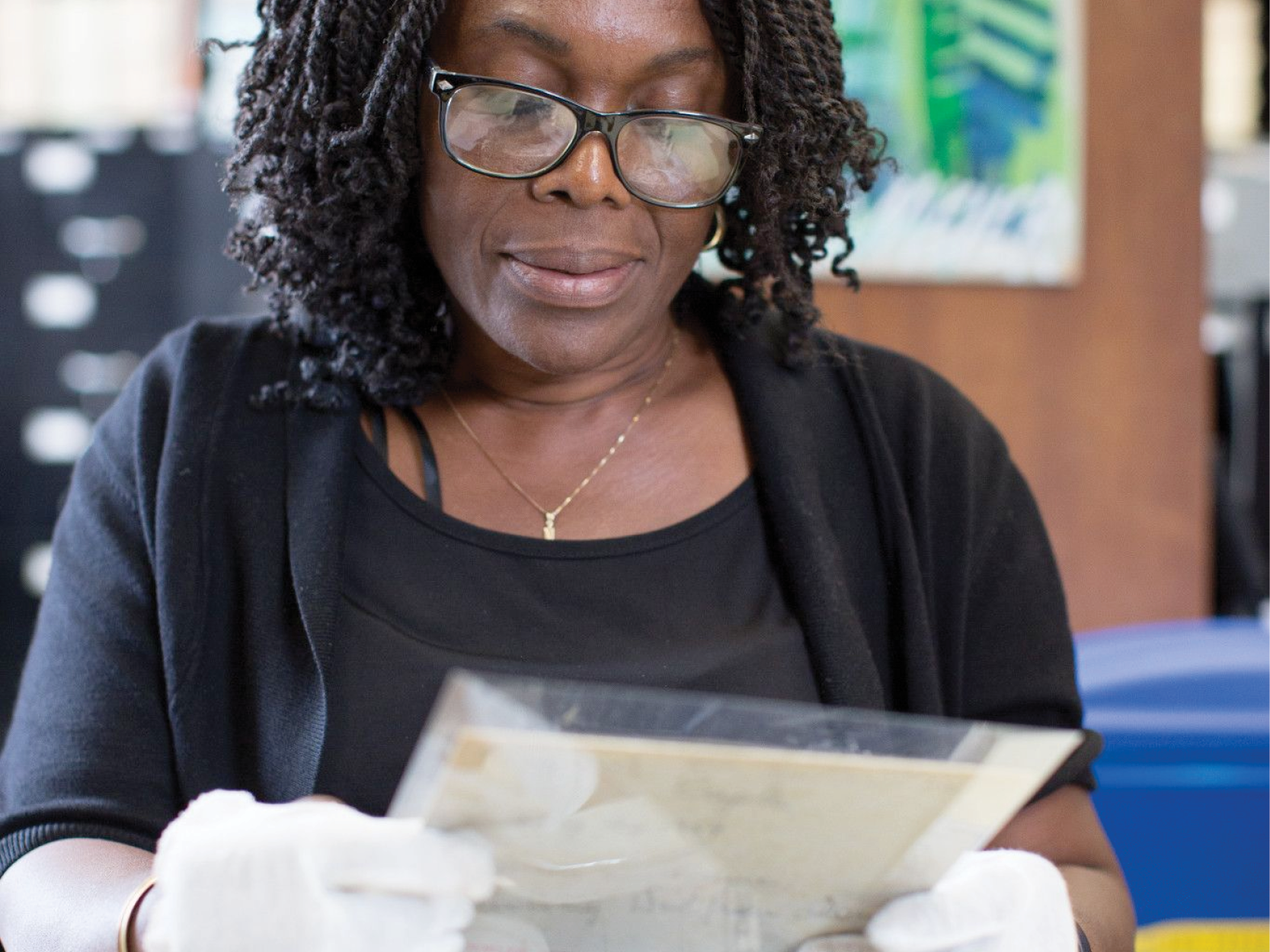Brooklyn Connections is the education outreach program in the Brooklyn Collection, focused on cultivating 21st Century learning skills in students and supporting teachers on the incorporation of archives materials into curricula.
This blog post is part of a series from the Brooklyn Connections team, sharing skills and ideas for using archives primary source material in the classroom. As part of our work, we create freely available Primary Source Packets to help students and teachers access primary source material from the Brooklyn Collection about local history topics.
Brooklynites love to eat, but our borough also has an impressive history of food production and processing. Using primary sources to study the food industry with students can help us appreciate the hidden past of some of our own neighborhoods, and can also help us think critically about where our food comes from today. Interested in learning more about the intersection of food and curricular topics? Check out our September 2019 Educator Professional Development Workshop at the Museum of Food and Drink.
Our new Food in Brooklyn primary source packet helps students unravel food history by exploring four major themes, and this blog post highlights a few of the sources included to guide students through their research.
The first theme, which we seldom imagine now as a thriving industry for local waterways, is the oyster industry. Examining images of the oyster industry during its Brooklyn heyday reveals an impressive level of production:

Analyzing this and other photographs of working conditions helps students think about how food was produced historically, and could lead to asking questions about how our food is produced today. While the oyster industry no longer thrives on our own shores, several local organizations have started using oysters to clean up local waterways – a great science project for students to investigate further!

Our second theme brought fame to Brooklyn: the beer industry. Learning the history of Brewer’s Row gives an excuse to look at some maps and atlas pages, which we can analyze in order to learn about the types of buildings in Bushwick and Williamsburg in the late nineteenth century:

This atlas page helps us learn how to read maps, and it also helps think about what it was really like to live next door to a brewery. Some of our prints give a clearer picture of what the neighborhood looked like:

How could a student interact with this image? We might ask for observations about the structures, people, and activities that we see. And we could ask a series of guiding and essential questions to lead us deeper into research on the topic.
The strange intersecting history of breweries and swill milk (which we mentioned in this 2010 blog post) brings us to our third food industry in Brooklyn: Dairies. One of Brooklyn’s most famous dairies was the Empire State Dairy Company, which opened its doors in 1869. It opened a massive East New York complex in 1916 – this structure was landmarked by New York City in 2017. A 1916 advertisement gives us details about the volume of activity going on when the building opened:

Our fourth theme for this project packet is one that we’ve seen active more recently in Brooklyn; students may recognize recent sugar industry buildings. These looked both similar and different a century ago:

As we analyze this document, we can ask so many questions about other areas of interest to our students: transportation, buildings, environmental impact, worklife, and more. And, reading contemporary newspaper articles reveal that construction of businesses like this were seen at the time as an exciting improvement to Brooklyn’s waterfront:

What happened to all these industries today? Consider making keywords with your students, based on the analysis they’ve completed of primary sources, and using those keywords to find more primary sources online. Or, if your study of food in Brooklyn leads you to further investigative research about your neighborhood or about issues like transportation or child labor, consider looking at our other primary source packets to explore these topics further.
This blog post reflects the opinions of the author and does not necessarily represent the views of Brooklyn Public Library.
Post a Comment
While BPL encourages an open forum, posts and comments are moderated by library staff. BPL reserves the right, within its sole discretion, not to post and to remove submissions or comments that are unlawful or violate this policy. While comments will not be edited by BPL personnel, a comment may be deleted if it violates our comment policy.
eNews Signup
Get the latest updates from BPL and be the first to know about new programs, author talks, exciting events and opportunities to support your local library.







